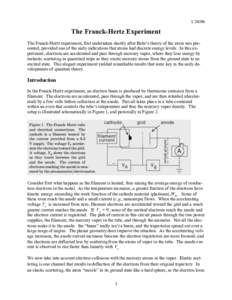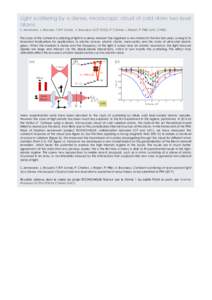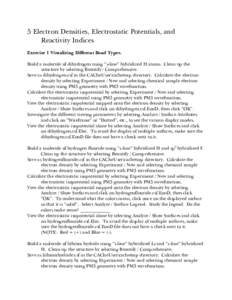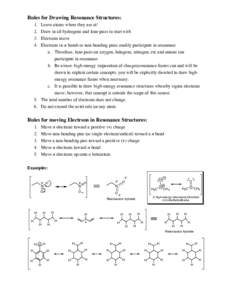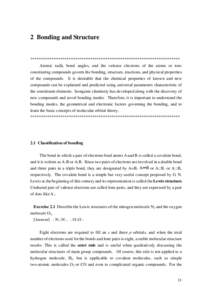<--- Back to Details
| First Page | Document Content | |
|---|---|---|
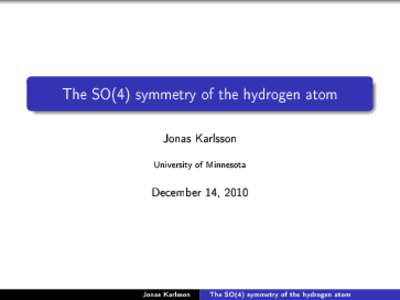 Date: 2011-10-29 15:17:56Classical mechanics Atoms Hydrogen Johann Jakob Balmer Balmer series Introduction to quantum mechanics Hydrogen atom Atomic theory Rydberg constant Physics Chemistry Emission spectroscopy |
Add to Reading List |
 The SO(4) symmetry of the hydrogen atom Jonas Karlsson University of Minnesota December 14, 2010
The SO(4) symmetry of the hydrogen atom Jonas Karlsson University of Minnesota December 14, 2010